When Patsy Ramsey speaks, it’s an uneasy quality in her voice – more so than the words themselves – that draws attention and doubt to the person we are faced with. Exhausted and wooden, her speech carries a discomfiting monotony, often upheld as evidence of her complicity in the 1996 murder of her six-year-old daughter, the Coloradan child-pageant queen JonBenét Ramsey. In footage of one of history’s most dissected and overanalysed press conferences, Patsy’s head bows in search of the appropriate adjectives to describe the crime, but her tone fails to fully emphasise the ones she lands on. She can’t imagine such a ‘horrible’ thing ever happening to her family. The crime was a ‘heinous’ one. She is ‘appalled’ that anyone could believe that she or her husband, John, seated next to her as they front the press, were involved in their child’s homicide.
This press conference took place in May 1997, but in the Netflix hybrid documentary Casting JonBenet (2017) by Australian director Kitty Green, it has been imagined anew. In one restaging, Patsy’s sensible cherry-red lipstick has turned hot-pink; in another, the usually downturned corners of her mouth have become a broad, handsome smile. One of the Patsys stares with immense interrogation at her mock husband as he regurgitates dialogue, while another plays her lines for schmaltz, adding a sense of feigned outrage to those same adjectives. ‘How do you go on camera and say these lines and make them look real?’ an actor playing Patsy deadpans.
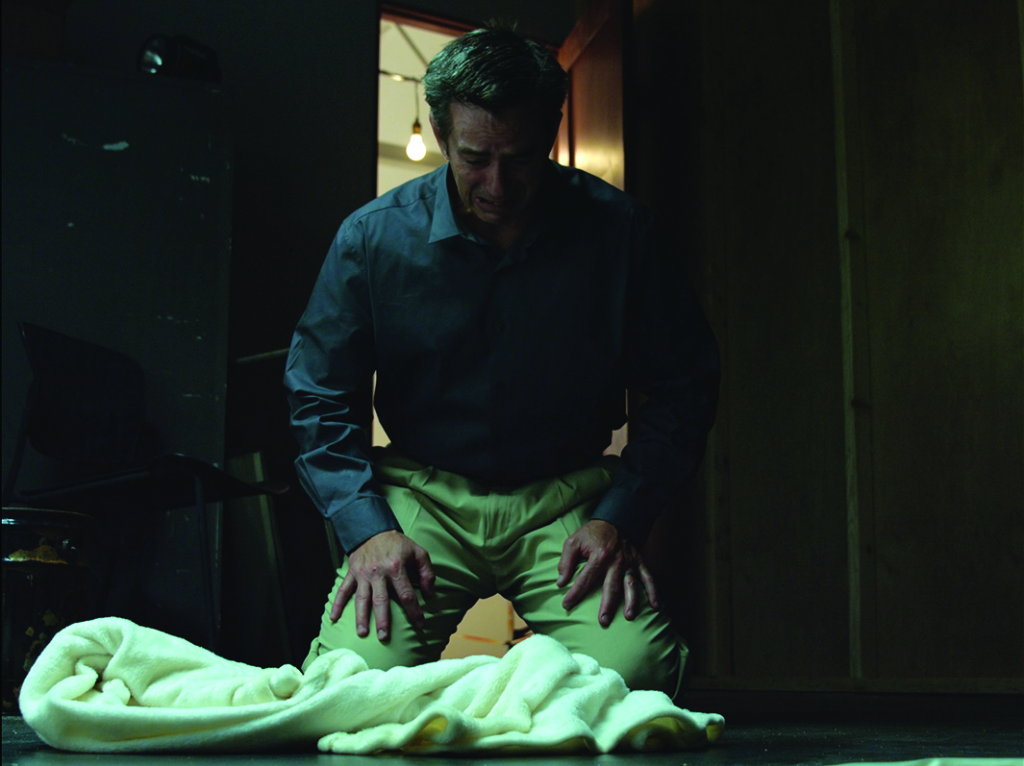
Most of what is shown in Casting JonBenet – a sleek, crisp documentary shot predominantly in the colours of a bruise – takes place within these kinds of inverted commas. The conceit, devised by Green, is enticingly simple: a casting call invites actors to re-create or perhaps reimagine aspects of the Ramsey case during auditions for a film that will never materialise. ‘What we’re trying to do,’ says Green in a Chicago Tribune interview, ‘is look at or examine a community that has lived in the shadow of this media storm for the past 20 years, and how they have come to terms with a crime that’s basically unsolvable.’[1]Kitty Green, quoted in Emma Krupp, ‘Chatting with Kitty Green, Director of Casting JonBenet Documentary’, Chicago Tribune, 31 March 2017, <http://www.chicagotribune.com/redeye/culture/ct-redeye-interview-kitty-green-director-casting-jonbenet-documentary-20170327-story.html>, accessed 8 August 2017. All of the case’s key players are reincarnated – among them, John Mark Karr, a sex offender who falsely admitted to being involved in the crime, and even a Santa Claus impersonator loosely tied to the family[2]Carrie Wittmer, ‘All the Theories About Who Really Killed JonBenét Ramsey’, Business Insider, 3 May 2017, <http://www.businessinsider.com/who-killed-jonbenet-ramsey-theories-2017-4/>, accessed 8 August 2017. – here represented by non-professional actors who hail from Boulder, Colorado. A group of boys auditioning for the role of JonBenét’s brother, Burke, are tasked with obliterating a watermelon using a handheld torch, harking back to a theory that, as a jealous nine-year-old, Burke caved his sister’s head in with precisely such a device.[3]ibid. Green has no qualms about letting her cast respond to speculation and wildcard rumours along the way: ‘What of the strange streak of empathy in the ransom note, which demanded an amount of money equal to John’s work bonus?’ an auditionee wonders. Or the pen from Patsy’s study that it was written with? Did Patsy struggle to come to terms with having a daughter – possibly one who wet the bed – who found in six years the notoriety she couldn’t in nearly forty?
Casting JonBenet‘s deliberate and even-handed intermingling of fact, fiction and even farfetchedness successfully renders these divisions arbitrary and, as such, conspicuously disregards the possibility of an untrammelled, objective truth.
Piece by piece, these testimonies fall into the broader jigsaw puzzle of what might have come to pass on that Christmas night in 1996, although a full picture may never be made available; a botched investigation led to key evidence being contaminated or destroyed,[4]Andrew Murr, Daniel Glick & Sherry Keene-Osborn, ‘JonBenét: The Door the Cops Never Opened’, Newsweek, 23 September 2016, originally published 13 July 1998, <http://www.newsweek.com/jonbenet-ramsey-door-cops-never-opened-501705>, accessed 8 August 2017. and the inevitable march of time has meant that some of the key people involved in the case are dead. This somewhat-fundamental fact has not, however, stemmed the immense tide of cultural fascination surrounding the case, which continues to fill reams of commentary everywhere from Time to Teen Vogue to the dubious chat boards of 4chan. Casting JonBenet emerges alongside several other documentaries about the Ramsey case, one of which has even spawned a spin-off podcast earnestly titled The Case of: JonBenét Ramsey Response Podcast. Replete with portentous, sinister soundscapes and hosts who admit to a ‘somewhat-unhealthy interest in true crime and the JonBenét Ramsey case’, this artefact is as good an example as any of this peculiar cultural enchantment adapting to the hungers of the new-media landscape.
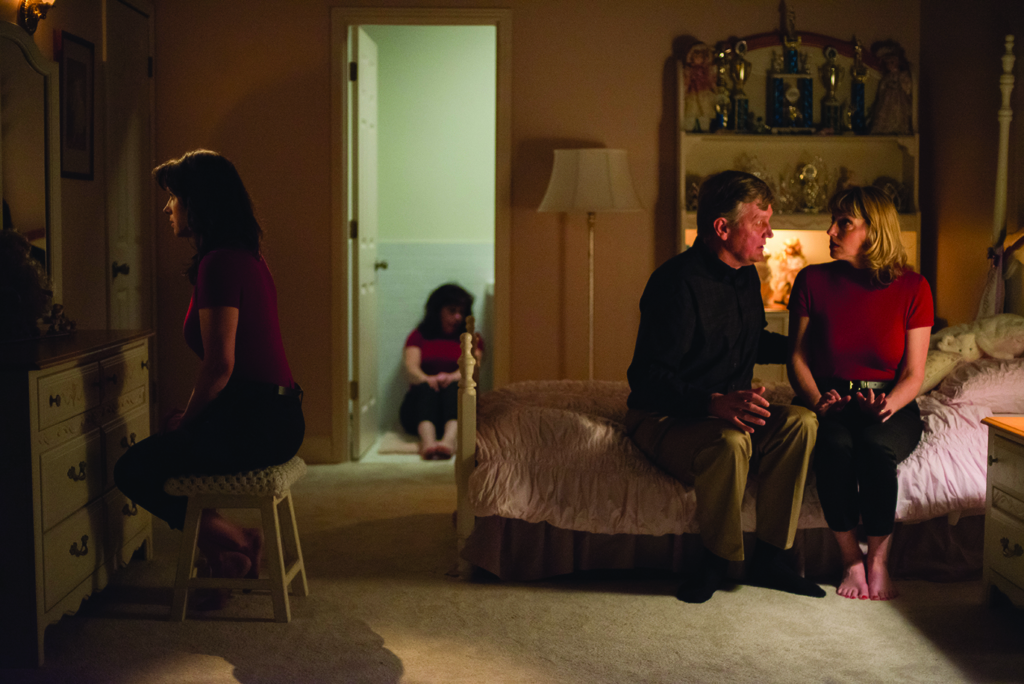
Amid this competition and the drought of new information, Green attempts to set her film apart from the hysteria by holding a mirror to it. Her work fits comfortably within the emerging tradition of what scholar Bill Nichols has termed ‘reflexive’ documentaries: those that set out to undermine claims to an objective truth, or question whether such a truth can be claimed at all[5]Bill Nichols, Introduction to Documentary, 2nd edn, Indiana University Press, Bloomington, 2010, pp. 194–9. – which is appropriate for a case in which not a whole lot is concretely known. Casting JonBenet embodies this doubt even in its formal properties. The sets are highly fabricated and clinical, with few hallmarks of personality, while the high degree of editing emphasises creative interventions like juxtaposition and rhythm, creating something of a highlight reel of the evidently extensive audition tapes, rather than real-time shots that might lend broader context to the actors’ testimonies. (This means that Green’s unnamed actors, deprived of biographical identification, are themselves reduced to their superstitions.) Another key formal conceit is to shoot the auditions in a tight 4:3 aspect ratio, while segments of the non-existent end product take place in widescreen: actors moving busily about sets; mock Johns making abject discoveries in basements; a bird’s-eye shot of the sleeted, deep-green forests of Boulder, whose undertow seems rich with reserves of mystery and tragedy both.
The film undermines concrete truth by blowing out the possibilities of what its images actually represent … Casting JonBenet succeeds mainly in preserving its subjects in this purgatorial state of lack: a lack of meaning, a lack of identity, a lack of way forward out of their post-JonBenét worlds.
More broadly, Casting JonBenet draws attention to its own production process rather than the seamless result, and this effects a challenging of realism as a documentary style – aligning with Nichols’ statement that ‘processes of negotiation between filmmaker and viewer become the focus of attention in the reflexive mode’.[6]ibid., p. 194. When it comes to what that negotiation involves, however, Green’s film employs a similar technique to Robert Greene’s 2016 documentary Kate Plays Christine, in which the truthful elements of the topic at hand are freely hybridised with the realm of the subjective. Casting JonBenet’s deliberate and even-handed intermingling of fact, fiction and even farfetchedness successfully renders these divisions arbitrary and, as such, conspicuously disregards the possibility of an untrammelled, objective truth. As it unfolds, the film also brings another element into the mix: that of memoir or personal history, which the participants casually divulge during the audition process as they gesture towards similarities between the Ramseys’ lives and their own. All things considered, though, this is not all that surprising. When the known facts are few, and directorial intervention, seemingly rare, the auditionees have little to fall back on but their own beliefs and lives. ‘In order to act, you tell the truth. You believe, you commit, you are that person,’ says one of the Patsys.
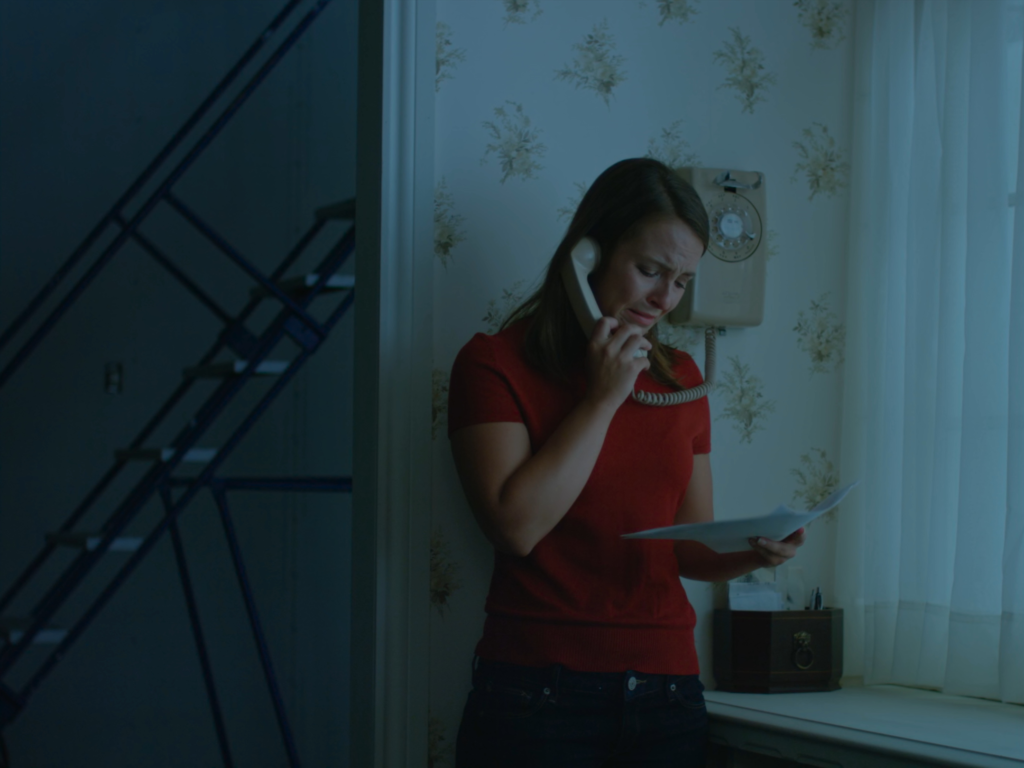
Long before Casting JonBenet was flourishing in this Venn-diagram overlap of actor and role, the filmmaking school of Italian neorealism was drawing links between the collapse of acting and being and the representation of truth. Known for producing social-realist works about Italy’s proletarian class, these directors tended to favour non-professional actors in the belief that they would better portray the realities of the world in which they lived. In academia (and beyond), this technique is often associated with a heightened level of veracity. Film scholar Peter Bondanella, for example, writes that the movement represented ‘less an agreement on a single, unified cinematic style than a common aspiration […] to employ a more honest, ethical, but no less poetic cinematic language’.[7]Peter Bondanella, ‘Italian Neorealism: The Postwar Renaissance of Italian Cinema’, in Linda Badley, R Barton Palmer & Steven Jay Schneider (eds), Traditions in World Cinema, Edinburgh University Press, Edinburgh, 2006, pp. 32–3, emphasis added. This notion of honesty surfaces again in the writings of critic André Bazin, whose description of the movement suggests that non-professional performers
are naturally chosen for their suitability for the part, either because they fit it physically or because there is some parallel between the role and their lives. When the amalgamation comes off […] the result is precisely that extraordinary feeling of truth that one gets from current Italian films.[8]André Bazin, ‘An Aesthetic of Reality: Neorealism’, in What Is Cinema?, vol. 2, University of California Press, Berkeley, 2005, p. 24, emphasis added.
There is a hint of the same ethos in Casting JonBenet – a presiding belief that the echoes of the Ramseys’ experiences within the lives of the cast might make their performances ring truer.
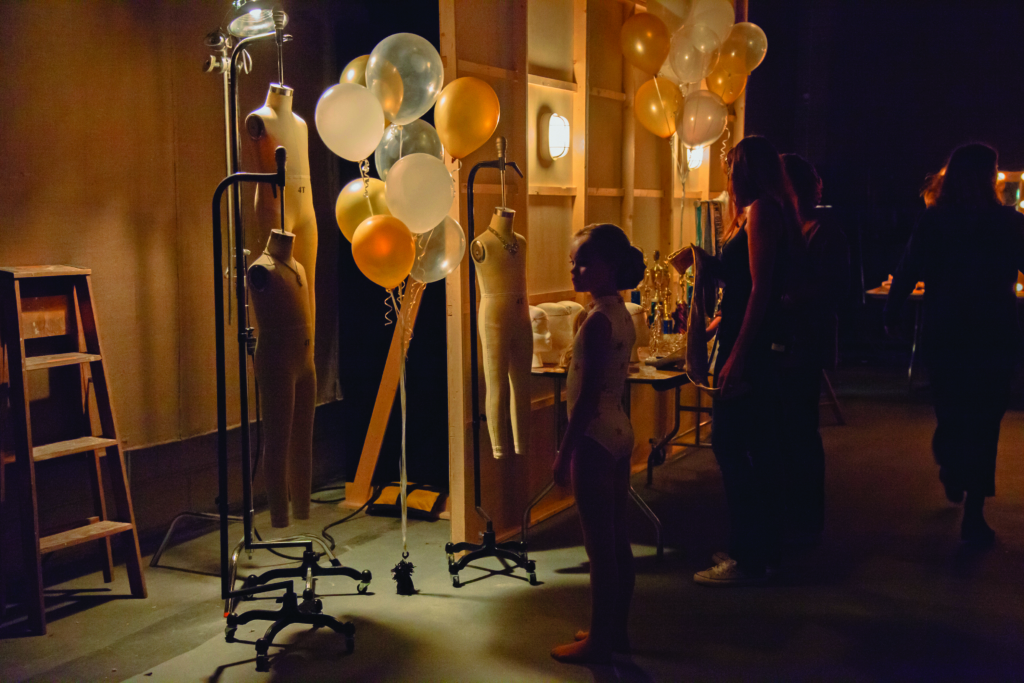
The metaphor that best describes the broader project of Casting JonBenet, however, is not an echo but a palimpsest: woman after woman stepping into the personal history of Patsy Ramsey, for instance, adding their own experiences and synthesising something new. Little by little, this tactic calls the trustworthiness of the film’s images into question, not least because the demarcations between Patsy’s true and invented selves are thoroughly blurred. It is not difficult to see how Casting JonBenet might disrupt classical theories of cinematic realism – those that rest on an indexical relationship between the filmic image and the real-world object it claims to represent – with its untrustworthy visual elements. The notion of the index, according to film theorist George Kouvaros, means the cinematic image is a testament to a moment in history, a ‘record of something that really once happened’: ‘The story in which the moment is embedded may be a fiction, but the event was a real one, it belongs to history, to a history that is relived every time the film is rolled.’[9]George Kouvaros, Famous Faces yet Not Themselves: The Misfits and Icons of Postwar America, University of Minnesota Press, Minneapolis, 2010, p. 12.
If we take Kouvaros’ conception of film as a preserving agent and apply it to Casting JonBenet, then what does it mean to keep these actors in the nebulous liminal space between actor and role? In its religiously maintained lack of contextual detail, the film undermines concrete truth by blowing out the possibilities of what its images actually represent. Are these people bringing heartfelt memoir to an audition for a film they know will never exist? Are they people inventing and exaggerating personal histories to earn a role acting out events that may also be invented? Does this scenario differ from a regular film – is it just fiction in disguise? Casting JonBenet succeeds mainly in preserving its subjects in this purgatorial state of lack: a lack of meaning, a lack of identity, a lack of way forward out of their post-JonBenét worlds.
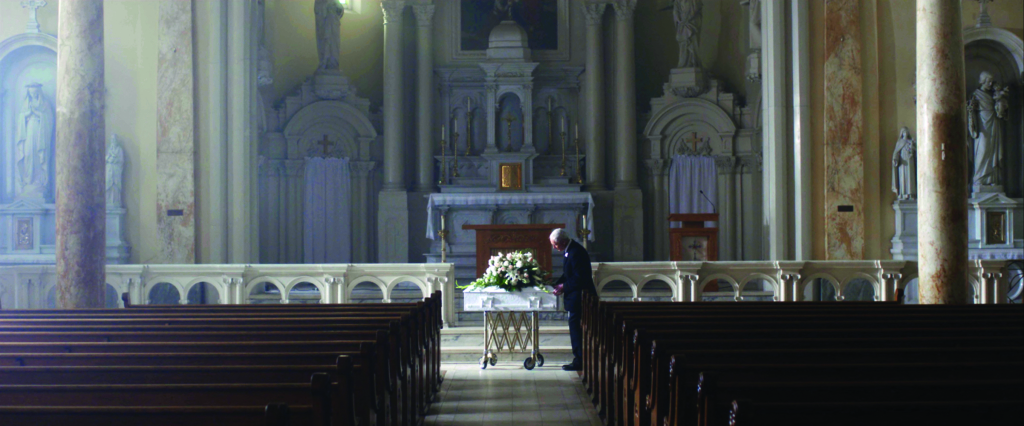
Details that might shed light on any of these questions are notoriously difficult to locate on the internet. In an interview with The Verge, Green has recounted comparing the project to a group therapy session[10]Kaitlyn Tiffany, ‘Netflix’s Casting JonBenet Finds Freedom in a Bizarre Structural Gimmick’, The Verge, 27 April 2017, <https://www.theverge.com/2017/4/27/15450156/casting-jonbenet-netflix-documentary-kitty-green-interview>, accessed 8 August 2017. – except, of course, that its contents would be published to a streaming platform with millions of subscribers worldwide. An article in The Independent suggests participants were told the film they were auditioning for would never come to fruition,[11]Kaleem Aftab, ‘Casting JonBenet’s Kitty Green: She Is the Latest Director to Use Re-enactment as a Way of Getting to a Greater Truth’, The Independent, 25 April 2017, <http://www.independent.co.uk/arts-entertainment/films/features/casting-jonbenet-kitty-green-reenactment-a7701576.html>, accessed 11 August 2017. while a Chicago Tribune piece notes the director’s investment in ‘telling stories about the representation of women in the media’.[12]Green, quoted in Krupp, op. cit. Green succeeded in fulfilling the latter ambition through her previous feature documentary, 2013’s Ukraine Is Not a Brothel, which follows provocative Ukrainian feminist group Femen and picks apart questions regarding women’s self-representation and bodily autonomy in a deeply patriarchal society. In Casting JonBenet, however, her good intentions strike us as hypocritical: any details about the conditions under which the work was produced are thoroughly obscured.
Throughout Casting JonBenet, it becomes increasingly unfortunate that Green has made a deliberate decision to scrub her participation from the end product’s frames. In some ways, this absence enables a wily sleight of hand in which her own interests are substituted for those of her subjects: in place of a director making a film about the fascination surrounding the JonBenét case, we are shown a group of wannabe actors so obsessed with it that they can’t help but take a simple audition into the territory of rumour. The problem is that these people are also made to look like simpletons – victims of such an easy predisposition towards gossip that they clamour to share their opinions on the case. The film is only honest, in other words, so far as you buy its proposition that these people divulged this abundance of heartfelt sorrow and speculation without any prompting from Green, surely the movie’s chief architect. (That they might be underemployed actors vying for work doesn’t appear to have crossed the minds of critics upholding the film as a lodestar for the American penchant for scandal.[13]See, for example, Alan Scherstuhl, ‘Casting JonBenet Can’t Solve a Murder, so It Asks Actors to Explore It’, Westword, 26 April 2017, <http://www.westword.com/film/casting-jonbenet-cant-solve-a-murder-so-it-asks-actors-to-explore-it-8996149>; and David Sims, ‘The Bizarre Spectacle of Casting JonBenet’, The Atlantic, 26 April 2017, <https://www.theatlantic.com/entertainment/archive/2017/04/the-bizarre-spectacle-of-casting-jonbenet/524319/>, both accessed 8 August 2017.)
Given that Green has removed from her film the processes of negotiation that often make reflexive documentaries complex and compelling, a more useful question may be: where do the film’s emotional valencies that feel most truthful to the audience lie? The answer, roundly, is the instances that reveal these people’s bona fide connections to the case, be it when an auditionee speaks of experiencing a family tragedy at a young age, when another recounts waking up to discover his girlfriend’s sudden death, or when the film exposes the larger footnote JonBenét’s death has left on the town. It doesn’t seem to matter to Green – or her editors – that much of this information is also deeply embarrassing, profoundly personal and only tenuously linked to the matter at hand; again, the gist is that these people are consumed by the case. Casting JonBenet’s key insights, then, are found in the exploitative, voyeuristic position that it enables when it offers us peeks into the aching lives of ostensibly stupid strangers: we relish our perceived superiority, luxuriate in their despair.
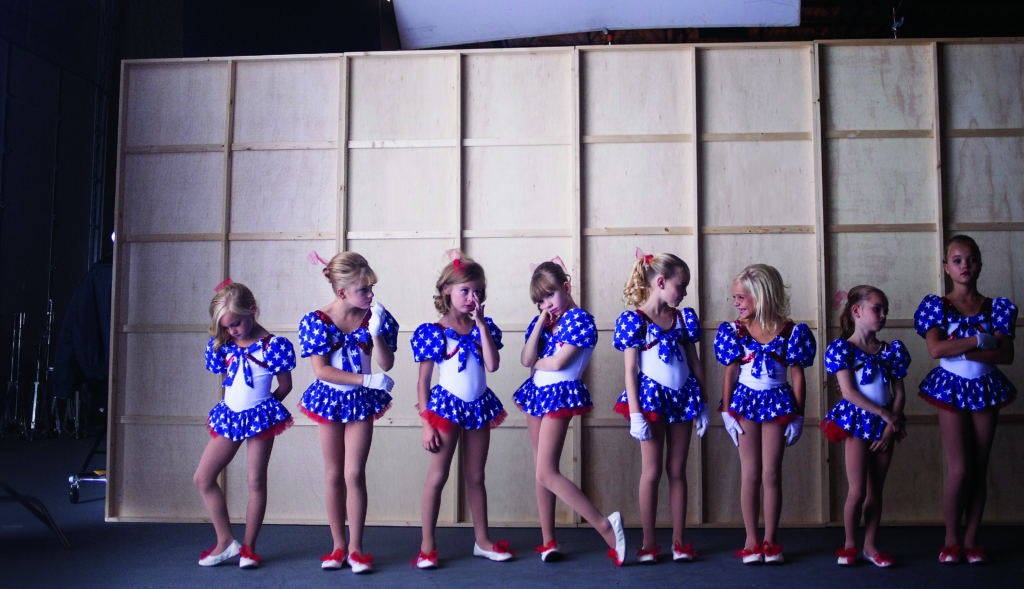
In June 2006, Patsy succumbed to ovarian cancer,[14]Wittmer, op. cit. perhaps carrying to her grave many of the unknowns that the May 1997 press conference had aimed to overwrite. Eleven years later, however, she is alive again, her innocence cast in fresh doubt before an even wider audience, in a film that feeds into a media frenzy that’s continued to tarnish the family’s image long after they’ve ceded jurisdiction over it. If cinema, as Kouvaros has said, preserves its subjects long after they’ve passed away, then the same passage of time has deprived Patsy of the salvations it usually brings the public: answers, closure, silence. Reimagined, reinterpreted, reincarnated – what kind of woman is Patsy now?
Casting JonBenet is a highly creative, intelligent and charming work that gestures towards enticing ideas, but it is not one that successfully rids itself of the copious ethical dilemmas that previous attempts to shed new light on the Ramsey case have fallen afoul of. Its final scene depicts a compendium of actors re-enacting fragments of various theories, each one scrambling towards their own version of the truth, despite the fact that it may well be unattainable. Still, Green’s film continues apace, converting tragedy into myth, plugging absence with scandal and idiosyncrasy, burying and burying deeper from its concerns the terror of a grisly homicide and a world that allowed such a crime to occur.
Endnotes
| 1 | Kitty Green, quoted in Emma Krupp, ‘Chatting with Kitty Green, Director of Casting JonBenet Documentary’, Chicago Tribune, 31 March 2017, <http://www.chicagotribune.com/redeye/culture/ct-redeye-interview-kitty-green-director-casting-jonbenet-documentary-20170327-story.html>, accessed 8 August 2017. |
|---|---|
| 2 | Carrie Wittmer, ‘All the Theories About Who Really Killed JonBenét Ramsey’, Business Insider, 3 May 2017, <http://www.businessinsider.com/who-killed-jonbenet-ramsey-theories-2017-4/>, accessed 8 August 2017. |
| 3 | ibid. |
| 4 | Andrew Murr, Daniel Glick & Sherry Keene-Osborn, ‘JonBenét: The Door the Cops Never Opened’, Newsweek, 23 September 2016, originally published 13 July 1998, <http://www.newsweek.com/jonbenet-ramsey-door-cops-never-opened-501705>, accessed 8 August 2017. |
| 5 | Bill Nichols, Introduction to Documentary, 2nd edn, Indiana University Press, Bloomington, 2010, pp. 194–9. |
| 6 | ibid., p. 194. |
| 7 | Peter Bondanella, ‘Italian Neorealism: The Postwar Renaissance of Italian Cinema’, in Linda Badley, R Barton Palmer & Steven Jay Schneider (eds), Traditions in World Cinema, Edinburgh University Press, Edinburgh, 2006, pp. 32–3, emphasis added. |
| 8 | André Bazin, ‘An Aesthetic of Reality: Neorealism’, in What Is Cinema?, vol. 2, University of California Press, Berkeley, 2005, p. 24, emphasis added. |
| 9 | George Kouvaros, Famous Faces yet Not Themselves: The Misfits and Icons of Postwar America, University of Minnesota Press, Minneapolis, 2010, p. 12. |
| 10 | Kaitlyn Tiffany, ‘Netflix’s Casting JonBenet Finds Freedom in a Bizarre Structural Gimmick’, The Verge, 27 April 2017, <https://www.theverge.com/2017/4/27/15450156/casting-jonbenet-netflix-documentary-kitty-green-interview>, accessed 8 August 2017. |
| 11 | Kaleem Aftab, ‘Casting JonBenet’s Kitty Green: She Is the Latest Director to Use Re-enactment as a Way of Getting to a Greater Truth’, The Independent, 25 April 2017, <http://www.independent.co.uk/arts-entertainment/films/features/casting-jonbenet-kitty-green-reenactment-a7701576.html>, accessed 11 August 2017. |
| 12 | Green, quoted in Krupp, op. cit. |
| 13 | See, for example, Alan Scherstuhl, ‘Casting JonBenet Can’t Solve a Murder, so It Asks Actors to Explore It’, Westword, 26 April 2017, <http://www.westword.com/film/casting-jonbenet-cant-solve-a-murder-so-it-asks-actors-to-explore-it-8996149>; and David Sims, ‘The Bizarre Spectacle of Casting JonBenet’, The Atlantic, 26 April 2017, <https://www.theatlantic.com/entertainment/archive/2017/04/the-bizarre-spectacle-of-casting-jonbenet/524319/>, both accessed 8 August 2017. |
| 14 | Wittmer, op. cit. |





